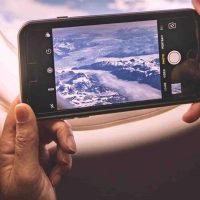As PCMag’s resident quadcopter expert, I’ve flown dozens of drones. Flying is fun, but it isn’t as easy it looks. Before your first flight, learn how to safely and effectively get the best images and video without sacrificing the safety of yourself and others.
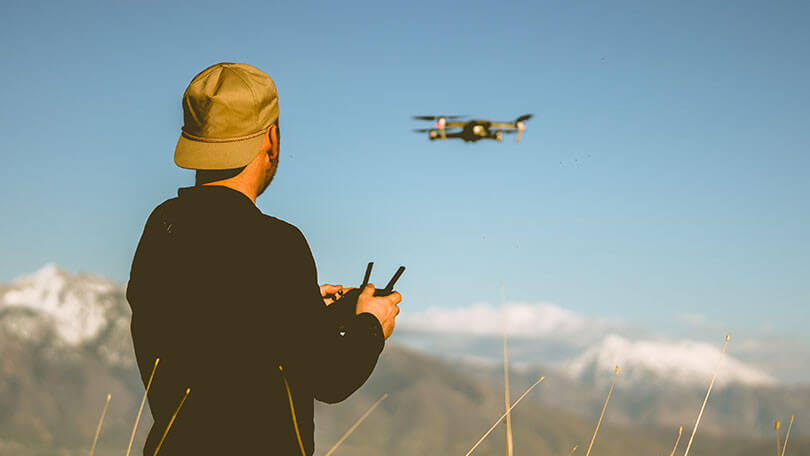
If you’re flying as a hobby, you don’t need any special training or certification before taking a drone into the air. But that doesn’t mean you should take your new quadcopter out of the box and start flying it immediately. Instead, learn how to use it safely and effectively to get the best images and video, without sacrificing the safety of yourself and others.
Learn the Rules
Even though you don’t have to take a class to fly a drone for fun in the US, you still have to register with the government. The FAA charges $5 for a two-year hobbyist license. Licensing is done on a per-person basis, so you can pay once and fly as many drones as you own.
There are some very basic rules of the sky to follow—we have a separate articlethat goes over them in detail. But the basics are simple: Keep your drone at least five miles away from an airport, keep it at or below 400 feet altitude, don’t fly over crowds of people, and keep it within visual sight range.
Learn Your Drone
Chances are you did some research before spending a few hundred dollars (or more) on a quadcopter. But if you’re not sure about what your drone can do, it’s time to figure it out.
The latest top-end models are packed with helpful safety features, but you need to understand what they do, and how they work to take advantage of them. Obstacle avoidance is a big one—a lot of drones have it, but it doesn’t always work the same way. Is it always on in your model? Will it automatically navigate around obstacles, or will it simply freeze in place when it detects something blocking its path? Are the sensors on the front only, or on multiple sides of the aircraft?
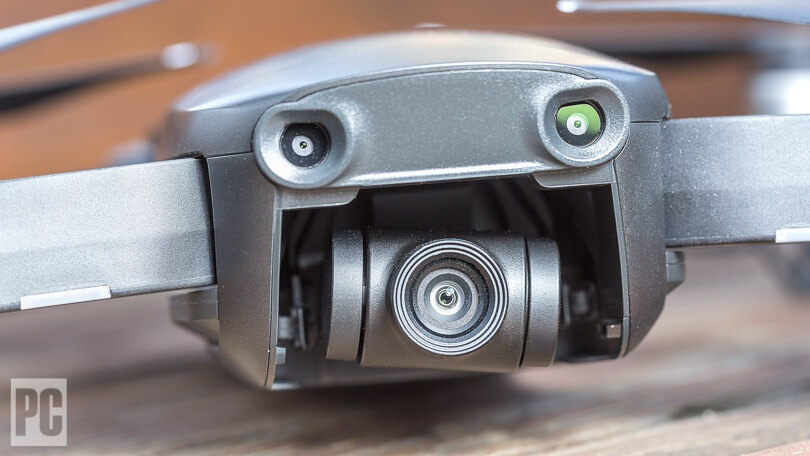
Obstacle avoidance sensors flank the lens of the DJI Mavic Air
You should also understand how the automated return-to-home function works. Pretty much every drone with GPS will fly back to its takeoff point in the event the control signal is lost, or on demand. You can typically set an altitude for the home flight. This is especially critical if you are flying in an area with trees or other low-altitude obstacles—you’ll want to make sure the drone is set to ascend to a safe height before the automated return.
You should be intimately familiar with the location of the return-to-home command, whether it be a physical button on your drone’s remote control, or an icon in the app that adjusts settings. You should also see if your remote has a Pause button to stop and hover in place with a button press.
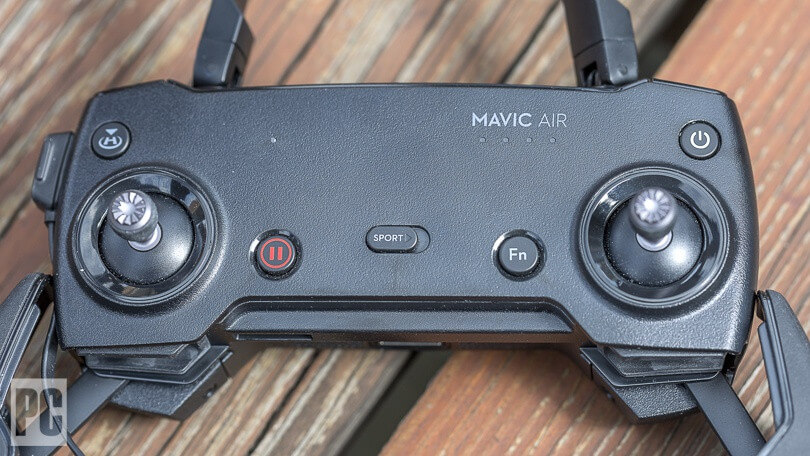
The “H” and Pause buttons can save your bacon—know where they are
And, while it’s a last resort, you should also learn how to cut power to your drone’s engines in the event of an emergency. I’ve seen some models fly away unexpectedly, and I’d rather pick up the pieces of a crashed drone and recover a memory card than to have the aircraft fly away, never to be seen again.
One of the FAA’s rules for recreational flight is that you place a sticker with your registration number on your drone. If you do lose a drone in the wild, there’s a chance that someone could look up your registration details and get the aircraft back to you—though I wouldn’t hold my breath on that happening.
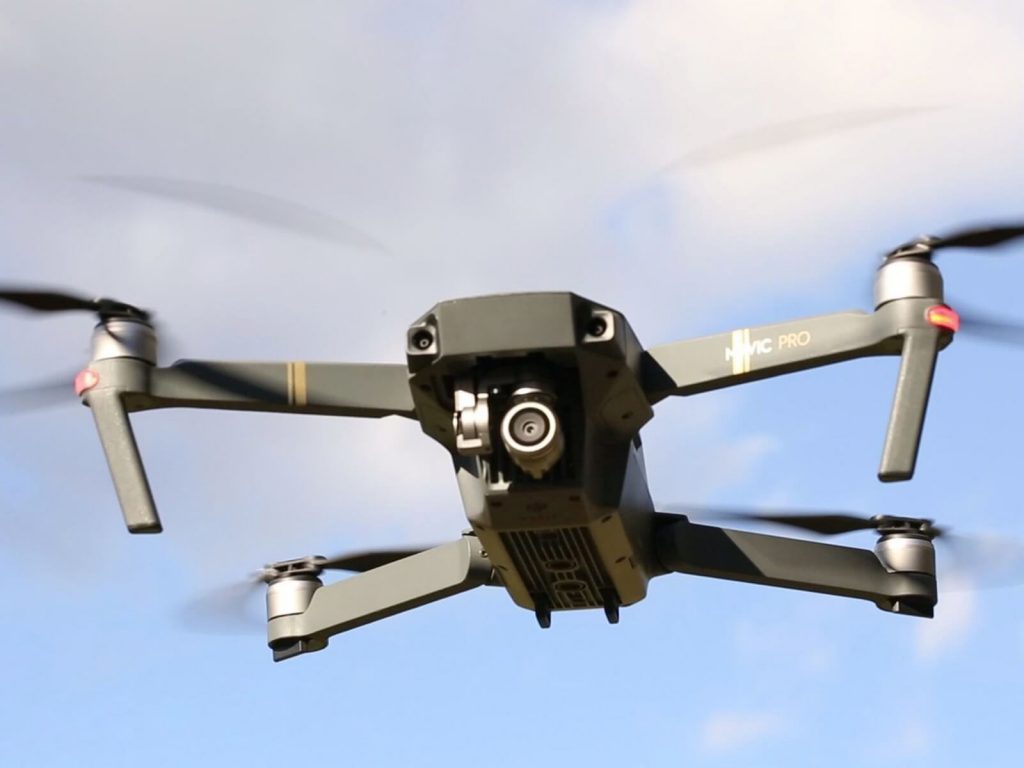
Learn to Fly
So, you know how your drone works, how to activate its emergency safety features, and how long it can fly on a battery charge. All set? Not yet.
The next step is to actually learn to fly the thing. You can get started in a few different ways. If you’re cautious, consider working with flight simulation software first. DJI builds the feature into its app, allowing you to use your drone’s remote to fly through a virtual world. But if you opt for another brand, or require more discipline and structure, consider a training program.
There are a few ways to go for training. You can try the Real Drone Simulator for free, or pay for a more polished experience, complete with a dedicated remote control to use during training, with Zephyr’s simulation software.
If you’re more likely to do better in a classroom environment, or are planning on taking the FAA Part 107 test to fly a drone for commercial purposes, consider an online training course. Drone Academy offers several packages, and if you are in the New Jersey area you can attend an in-person course at the NJ Drone Academy.
If you want to skip the simulator, I’d recommend restricting early flights to areas without a lot of people, and to keep the drone close to you and at a reasonable altitude. Start with manual controls—the left stick will adjust altitude and rotate the drone, while the right control stick is used to move forward, backward, left, or right.
Once you’ve got manual controls down you can work with the automated flight modes that are included in many modern drones. You can practice automated shots, including perfectly circular orbits and reveals in which the drone flies up and away from a subject to show its surroundings. Different aircraft will have different automated flight modes, so you should spend some time checking out each option.
What About the Camera?
You’re probably not just flying just to fly. Drones have become popular in no small part thanks to their integrated cameras, and there can be just as much to learn about the camera as the drone itself. Modern drone cameras capture distortion-free images and video, a far cry from the fish-eye look of early attempts.
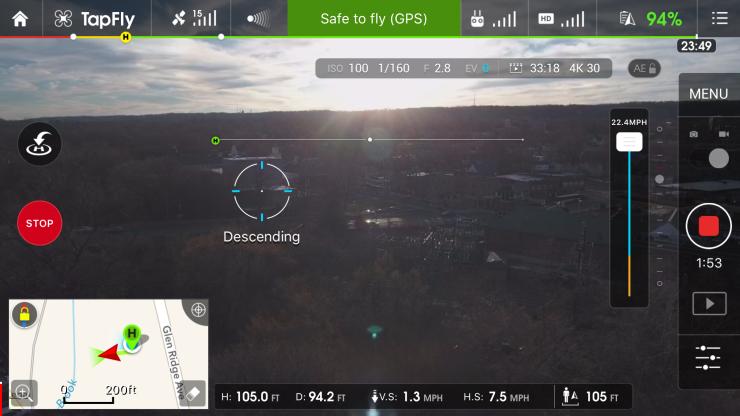
Just as on the ground, the settings you’ll use to capture stills and video are decidedly different. Drone cameras are built much like smartphones—most have prime lenses with bright apertures, so they can get low-noise footage at magic hour.
But you’re not always going to fly during twilight. In order to get a proper shutter angle for video, you’ll have to add a neutral density (ND) filter for flights in bright conditions. Remember that a 1/48-second shutter speed is ideal for 24fps video and a 1/60-second rate for 30fps. It’s necessary to cut the amount of light coming into the lens in order to net those speeds while maintaining proper exposure. I recommend filters from PolarPro, as they are of strong quality and available for many different drone cameras.
You don’t have to worry about ND for still images, unless you’re interested in mixing the look of long exposure photography an aerial perspective. For most still shots you’ll want to freeze motion, using a short shutter speed to get a crisp exposure.
In addition to camera settings, you should be confident with the physical controls used to adjust exposure and the tilt of the gimbal. Some more recent drone models, which include zoom functionality, also have a lever to set the angle of view of the lens, and can recreate the dolly zoom effect made famous by Alfred Hitchcock’s Vertigo.
Preflight Checklist
My final piece of advice is to follow a checklist before every flight. Here’s the one I use:
Day Before Flight
- Charge flight and remote control batteries
- Check for drone firmware updates
- Confirm memory card contents are loaded tocomputer, format and test
- Check weather forecast for planned time and location
- Verify planned location does not have any flight restrictions in place
Day of Flight
- Check drone compass calibration at location
- Verify GPS lock, battery status, and memory card before takeoff
- Visually inspect aircraft and propellers; look for any cracks in plastic or other potential issues
- Ensure phone is fully charged before takeoff
- Confirm manual controls functioning properly immediately after takeoff
Those are the basic steps I recommend performing before every flight. You may find that you want to customize the list a bit. For instance, if you use filters, make sure you have the right ones, or if you have a drone with support for interchangeable lenses, make sure you have the right lenses with you.
True mastery will come with time. So remember to have fun, and get some great video and images. But most importantly, stay safe when flying your drone.



















